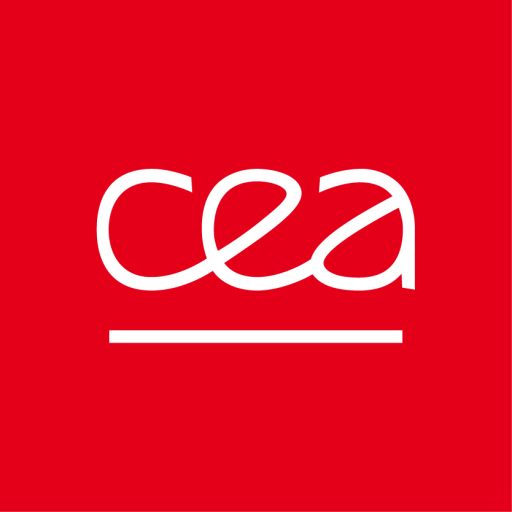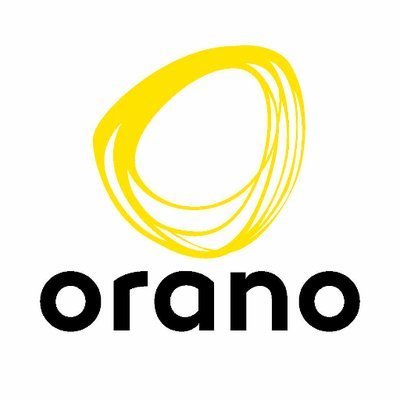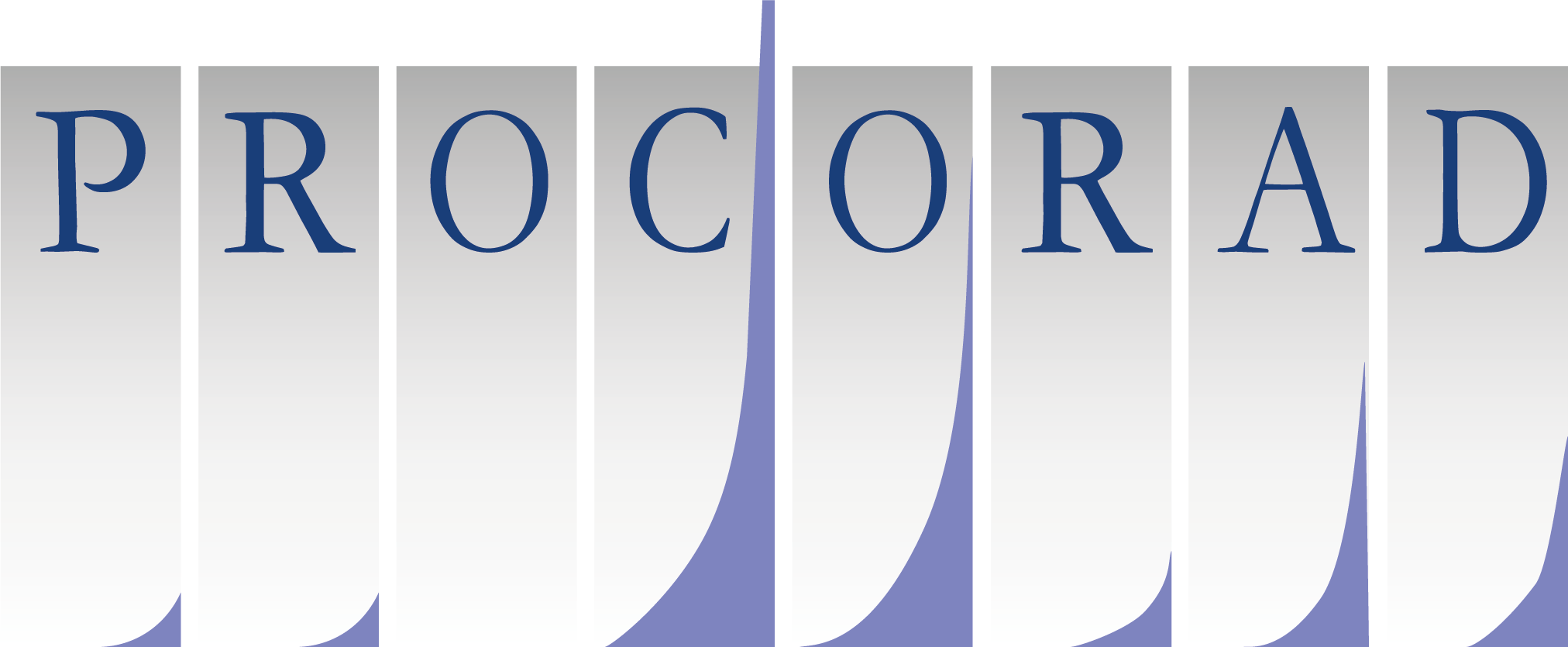Partner laboratories
Among the active members, six partner laboratories are responsible for designing the intercomparisons, preparing the samples, and analyzing the results obtained.







Cadarache is a major nuclear research center where several Installations Nucléaires de Base (INB) and Installations Classées pour la Protection de l''Environnement (ICPE) coexist.
In addition to the biological monitoring of all site staff, the LBM carries out radiotoxicological monitoring of all nuclear industry players working on site (CEA staff, subsidiaries and contractors), as well as certain other organizations under contract to the LABM Cadarache.
In order to apply surveillance adapted to all potential risks of contamination, the examinations carried out by the LBM are very varied:
- Whole-body and urine gamma spectrometry to monitor exposure to fission and/or activation products.
- Lung X-ray spectrometry and urinary and faecal analyses for monitoring actinide exposure.
- Urinary monitoring of exposure to tritium and other beta emitting compounds.
LBM Cadarache is accredited by the French nuclear safety authority (Autorité de Sûreté Nucléaire) for individual monitoring of workers' exposure to ionizing radiation.
Further information and analysis catalog on the LABM Cadarache website.

Created in 1956 under the leadership of Louis Néel, the centre's first director and winner of the Nobel Prize in Physics in 1970, the CENG (Grenoble Nuclear Research Centre) was initially dedicated to nuclear research.
Currently located in the heart of a rich scientific (Institut Laue-Langevin, CNRS, etc.), industrial and academic environment, the CEA centre in Grenoble devotes most of its research to developing innovative solutions in the fields of energy, health, information and communication.
From electric batteries to nanotechnologies, materials and biotechnologies, the CEA centre in Grenoble, which employs more than 4,500 people, is at the forefront of technological research and actively participates in the transfer of this knowledge to industry, supported by a scientific foundation of excellence.
The LBM provides biological monitoring for employees at the Grenoble science park and, as such, carries out medical biology, toxicology, radiotoxicology and whole-body and thyroid anthropogammametry tests.
The CEA Grenoble LBM has COFRAC accreditations for medical examinations (No. 8-2603) and testing (No. 1-1659) (scopes available on the COFRAC website).

The laboratory carries out biological and radiotoxicological monitoring of ORANO staff and intervening companies working at the ORANO La Hague establishment, both for systematic monitoring and in case of suspected contamination incident.
This establishment specializes in the treatment of irradiated fuels discharged from civil reactors or research from French (EDF) or foreign clients (Japan, Germany, Switzerland and Australia) for their recycling in the form of MOX.
Throughout the year, nearly 6'500 people are monitored in the laboratory and nearly 45,000 examination requests are recorded each year. The laboratory has various alpha spectrometry facilities on samples after radiochemical preparation of alpha, beta counters, liquid scintillation counting equipment, but also gamma whole body and X gamma pulmonary spectrometry facilities, thus allowing, to guarantee on a continuous day an internal dosimetry evaluation of the best level and as soon as possible.

The Marcoule site includes CEA semi-industrial research and development facilities, AREVA facilities undergoing radioactive decontamination, industrial irradiation reactors and a fast neutron research reactor, a MOX fuel production facility, a recycling facility for uncontaminated scrap metal, in vitro radioimmunoassay kit production facilities, and basic research facilities in the field of life sciences.
Within this site, the Marcoule Medical Biology Laboratory is responsible for conducting medical biology, toxicology, and radiotoxicology examens to ensure the fitness for work of personnel from the various nuclear operators at the Marcoule, Tricastin Pierrelatte, and Malvési Narbonne sites. It contributes to the dosimetric monitoring of all employees exposed to risks of internal contamination by radionuclides. To this end, its structure includes four activity sectors: a fully automated Medical Biology laboratory, a radiochemistry laboratory, a physical measurements laboratory, and a anthropodiametry laboratory.
The Laboratory monitors a population of approximately 15'000 peoples.

Nearly 5'000 researchers work in the CEA Paris-Saclay center, a multidisciplinary center. Many of them contribute to optimizing the running and safety of nuclear power plants and to providing concrete solutions for nuclear waste management. Physicists and biologists explore the mysteries of matter (from particles to galaxies) and life (genetics, biochemistry, medicine).
The Paris-Saclay Medical Biology Laboratory carries out biological, toxicological, and radiotoxicological monitoring of employees working on site. This monitoring is carried out systematically and in the event of a suspected contamination incident. The laboratory is equipped with anthropometric radiation monitoring devices (whole body, thyroid, and lung), alpha and gamma spectrometers, alpha and beta counters, and ICP/MS. The laboratory tests for the presence of actinides, fission and activation products, beta emitters used in research laboratories, and radiopharmaceuticals used in therapy or diagnosis.

The CEA Centre for Nuclear Studies at Valduc belongs to the military applications Division and includes several Basic Nuclear Installations.
The Centre's LBM is in charge of monitoring all staff working on site from a biological, toxicological and radiotoxicological point of view.
In order to achieve this, the LBM carries out:
- Gamma spectrometry on urines
- Gamma and X-ray spectrometry on the lungs,
- Urine and stool analysis in order to monitor exposure to actinides,
- Urine and saliva monitoring of personnel exposed to tritium.
The laboratory is certified by the COFRAC and the French Nuclear Safety Authority regarding the monitoring of workers exposure to ionizing radiation.







Created in 1956 under the leadership of Louis Néel, the centre's first director and winner of the Nobel Prize in Physics in 1970, the CENG (Grenoble Nuclear Research Centre) was initially dedicated to nuclear research.
Currently located in the heart of a rich scientific (Institut Laue-Langevin, CNRS, etc.), industrial and academic environment, the CEA centre in Grenoble devotes most of its research to developing innovative solutions in the fields of energy, health, information and communication.
From electric batteries to nanotechnologies, materials and biotechnologies, the CEA centre in Grenoble, which employs more than 4,500 people, is at the forefront of technological research and actively participates in the transfer of this knowledge to industry, supported by a scientific foundation of excellence.
The LBM provides biological monitoring for employees at the Grenoble science park and, as such, carries out medical biology, toxicology, radiotoxicology and whole-body and thyroid anthropogammametry tests.
The CEA Grenoble LBM has COFRAC accreditations for medical examinations (No. 8-2603) and testing (No. 1-1659) (scopes available on the COFRAC website).

The laboratory carries out biological and radiotoxicological monitoring of ORANO personnel and contractors working at the ORANO La Hague plant, both as part of routine surveillance and in the event of suspected contamination incidents.
This facility specializes in the processing of irradiated fuel discharged from civil or research reactors, from customers in France (EDF) and abroad (Japan, Germany, Switzerland and Australia), for recycling in the form of MOX.
Year-round, some 6,500 people are monitored at the laboratory, and some 45,000 requests for examinations are registered each year. The laboratory has a wide range of facilities for alpha spectrometry on samples after radiochemical preparation, alpha and beta counters, liquid scintillation counting equipment, as well as whole-body gamma and lung X-ray gamma spectrometry facilities, enabling us to guarantee the highest level of internal dosimetric assessment in the shortest possible time.

Cadarache is a major nuclear research center where several Installations Nucléaires de Base (INB) and Installations Classées pour la Protection de l''Environnement (ICPE) coexist.
In addition to the biological monitoring of all site staff, the LBM carries out radiotoxicological monitoring of all nuclear industry players working on site (CEA staff, subsidiaries and contractors), as well as certain other organizations under contract to the LABM Cadarache.
In order to apply surveillance adapted to all potential risks of contamination, the examinations carried out by the LBM are very varied:
- Whole-body and urine gamma spectrometry to monitor exposure to fission and/or activation products.
- Lung X-ray spectrometry and urinary and faecal analyses for monitoring actinide exposure.
- Urinary monitoring of exposure to tritium and other beta emitting compounds.
LBM Cadarache is accredited by the French nuclear safety authority (Autorité de Sûreté Nucléaire) for individual monitoring of workers' exposure to ionizing radiation.
Further information and analysis catalog on the LABM Cadarache website

The CEA's Valduc Research Center is part of the Military Applications Division and includes several Basic Nuclear Installations.
The Center's LBM carries out biological, toxicological and radiotoxicological monitoring of all personnel working on the site.
Exposed personnel are monitored using various types of analysis:
- Whole-body and urine gamma spectrometry.
- X-ray and lung gamma spectrometry
- Urine and stool analyses to monitor exposure to actinides.
- Urine and saliva monitoring of tritium exposure
The medical biology laboratory is accredited to ISO 15189 and 17025 standards. The medical biology lab is approved by the French nuclear safety authority for monitoring worker exposure to ionizing radiation.

The Marcoule site includes CEA semi-industrial research and development facilities, AREVA facilities undergoing radioactive decontamination, industrial irradiation reactors and a fast neutron research reactor, a MOX fuel production facility, a recycling facility for uncontaminated scrap metal, in vitro radioimmunoassay kit production facilities, and basic research facilities in the field of life sciences.
Within this site, the Marcoule Medical Biology Laboratory is responsible for conducting medical biology, toxicology, and radiotoxicology examens to ensure the fitness for work of personnel from the various nuclear operators at the Marcoule, Tricastin Pierrelatte, and Malvési Narbonne sites. It contributes to the dosimetric monitoring of all employees exposed to risks of internal contamination by radionuclides. To this end, its structure includes four activity sectors: a fully automated Medical Biology laboratory, a radiochemistry laboratory, a physical measurements laboratory, and a anthropodiametry laboratory.
The Laboratory monitors a population of around 15,000 people.

Nearly 5'000 researchers work in the CEA Paris-Saclay center, a multidisciplinary center. Many of them contribute to optimizing the running and safety of nuclear power plants and to providing concrete solutions for nuclear waste management. Physicists and biologists explore the mysteries of matter (from particles to galaxies) and life (genetics, biochemistry, medicine).
The Paris-Saclay Medical Biology Laboratory carries out biological, toxicological, and radiotoxicological monitoring of employees working on site. This monitoring is carried out systematically and in the event of a suspected contamination incident. The laboratory is equipped with anthropometric radiation monitoring devices (whole body, thyroid, and lung), alpha and gamma spectrometers, alpha and beta counters, and ICP/MS. The laboratory tests for the presence of actinides, fission and activation products, beta emitters used in research laboratories, and radiopharmaceuticals used in therapy or diagnosis.
Procorad membership is compulsory in order to participate in annual intercomparisons.
Registration and selection of intercomparisons is possible from november of the current year.
Registration and selection of intercomparisons is possible from november of the current year.
